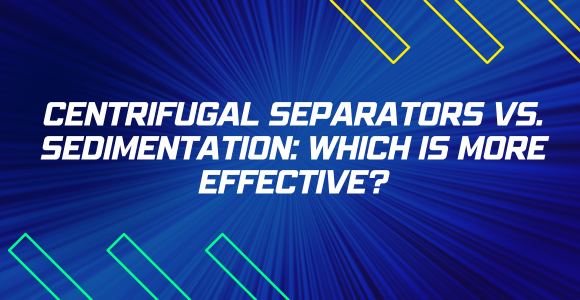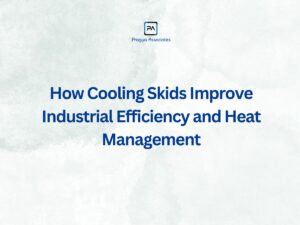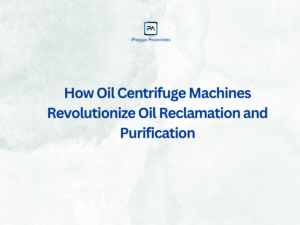The two most common methods in separation processes are Centrifugal Separators and Sedimentation. Both these techniques play a crucial role in various industries and help in the efficient separation of solids from liquids. But do you know which of these methods is more effective? Let’s take a closer look at both of these procedures to understand their differences and find out which stands out on top.
Centrifugal Separators: The Whirlwind Wonder
Imagine a tornado swirling, separating everything in its path. That’s how centrifugal separators work! These remarkable machines use the power of rotation to separate different components in a mixture based on their density. The denser particles are flung to the outer edges, while the less dense ones stay at the centre, allowing for efficient separation. Centrifugal Separators are widely used in industries like oil and gas, food and beverage, and water treatment, where precise and rapid separation is essential.
Sedimentation: The Settling Superhero
Now, picture a glass of muddy water left undisturbed for a while. The heavier particles settle at the bottom, creating a clear layer on top. That’s Sedimentation at work! This method relies on gravity to separate solid particles from a liquid. The heavier particles naturally sink to the bottom by allowing the mixture to stand still, leaving the liquid clear. Sedimentation is commonly used in water treatment and wastewater processes, where time is less of a concern and gentle separation is sufficient.
The Battle:
Efficiency vs Time
In the showdown between centrifugal separators and Sedimentation, efficiency and time take centre stage. Centrifugal separators are lightning-fast, achieving separation in a matter of seconds. Their rapid rotation creates strong forces, making them ideal for processes where time is of the essence. On the other hand, Sedimentation is a slower process. It can take several hours or even days for the solids to settle completely, making it more suitable for applications where speed is not a top priority.
Accuracy and Versatility
When it comes to accuracy, Centrifugal Separators hold the upper hand. Their high-speed rotation allows for the precise separation of even fine particles, ensuring higher purity in the end product. Additionally, centrifugal separators are incredibly versatile, capable of handling various mixtures, including those with multiple components of different densities. This adaptability makes them a popular choice across multiple industries.
However, the process of Sedimentation takes the lead in terms of cost and maintenance. This method requires minimal mechanical equipment and energy consumption, making it a budget-friendly option. Sedimentation is relatively low-maintenance, as it does not involve complex moving parts. However, with their mechanical components and faster operation, centrifugal separators may require more regular maintenance and energy usage.
In the battle of Centrifugal Separators vs Sedimentation, both methods have their own strengths and weaknesses. Centrifugal Separators excel in efficiency, accuracy, and versatility, making them the preferred choice for industries where rapid and precise separation is crucial. On the other hand, Sedimentation’s simplicity, cost-effectiveness, and low maintenance requirements make it a practical option for applications where time is less of a concern.
Finally, the choice between Centrifugal Separators and Sedimentation depends on the specific needs of your industry and the desired level of separation efficiency. So, whether it’s the whirlwind wonder of Centrifugal Separators or the settling superhero of Sedimentation, rest assured that both methods play vital roles in ensuring efficient and effective separation processes.







